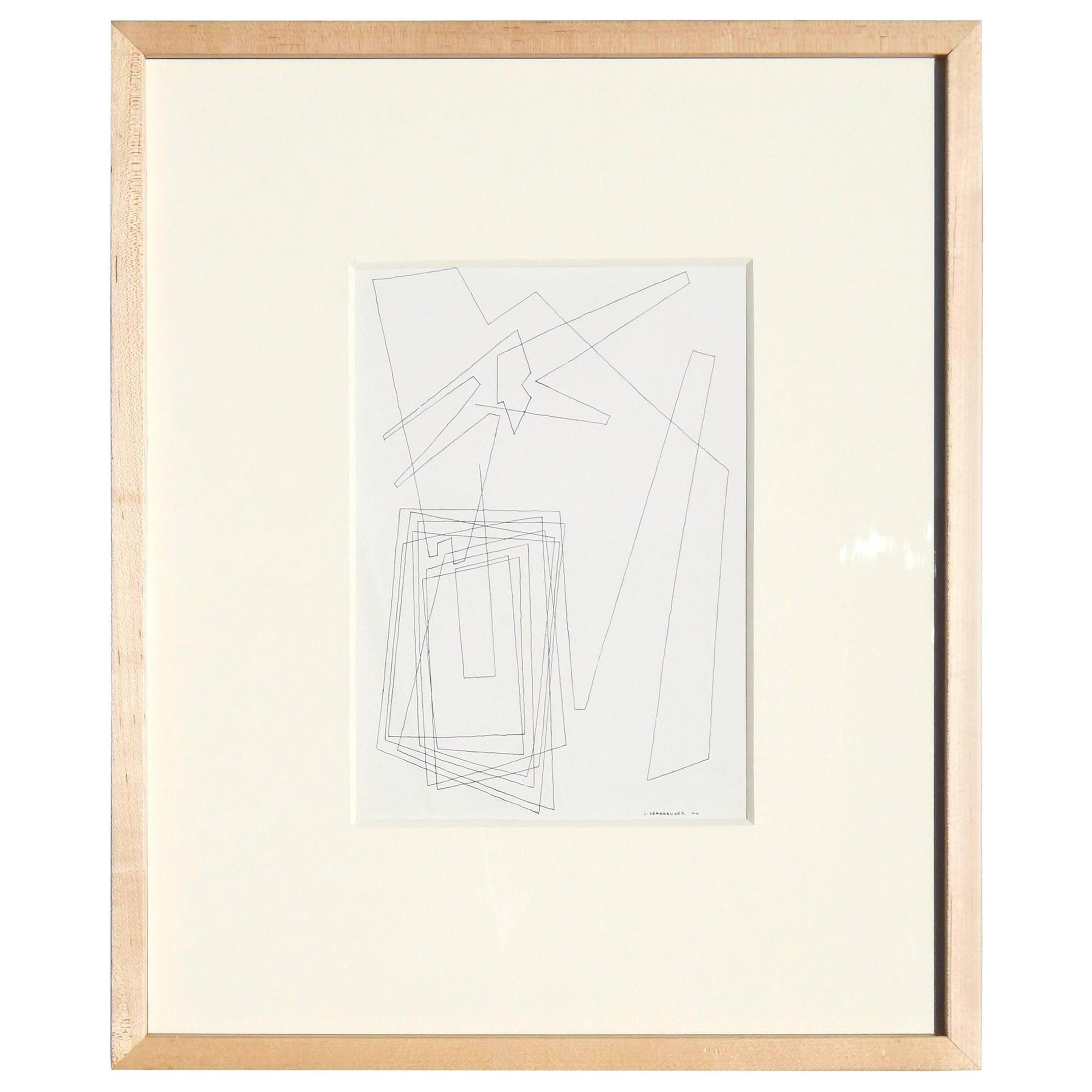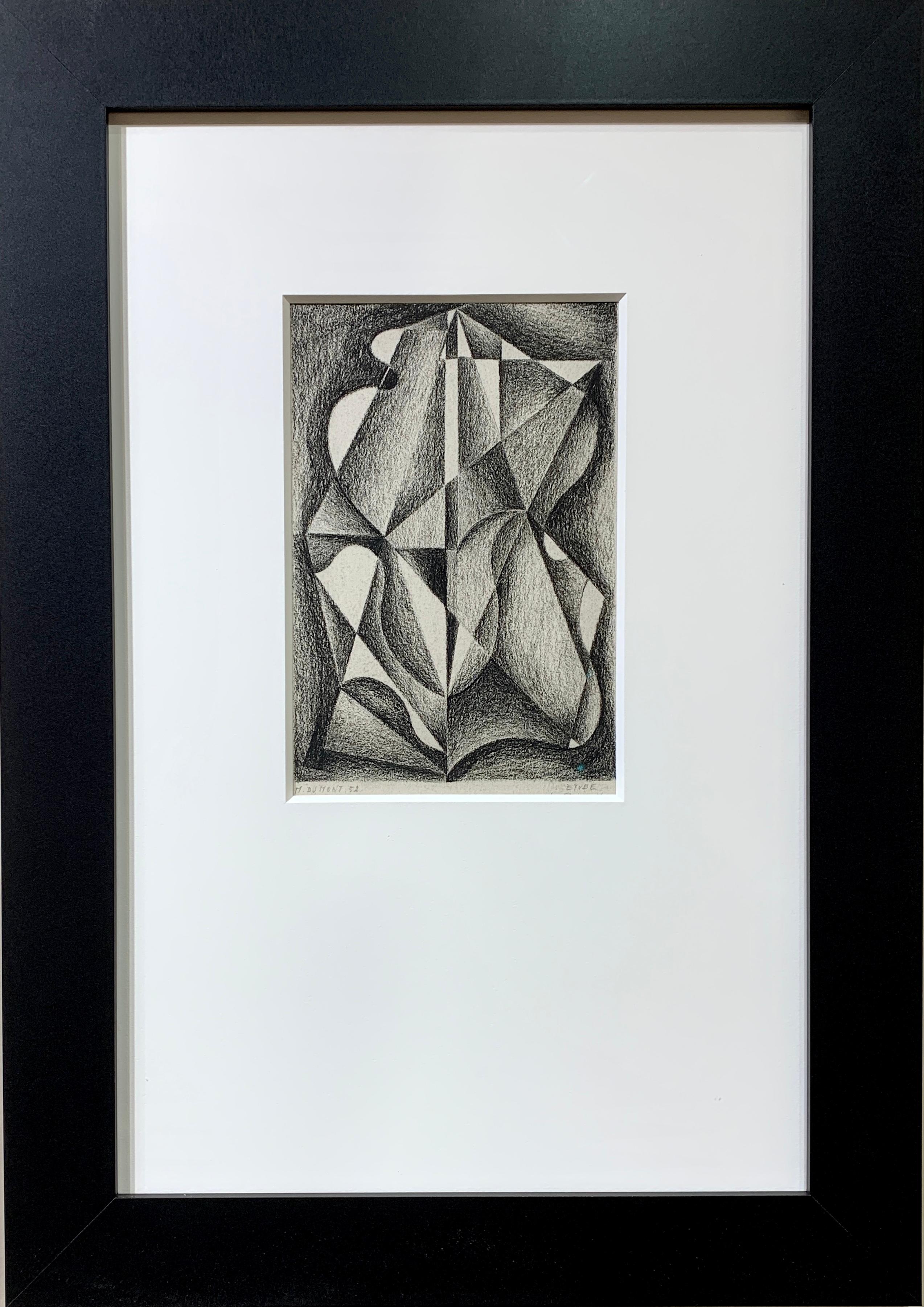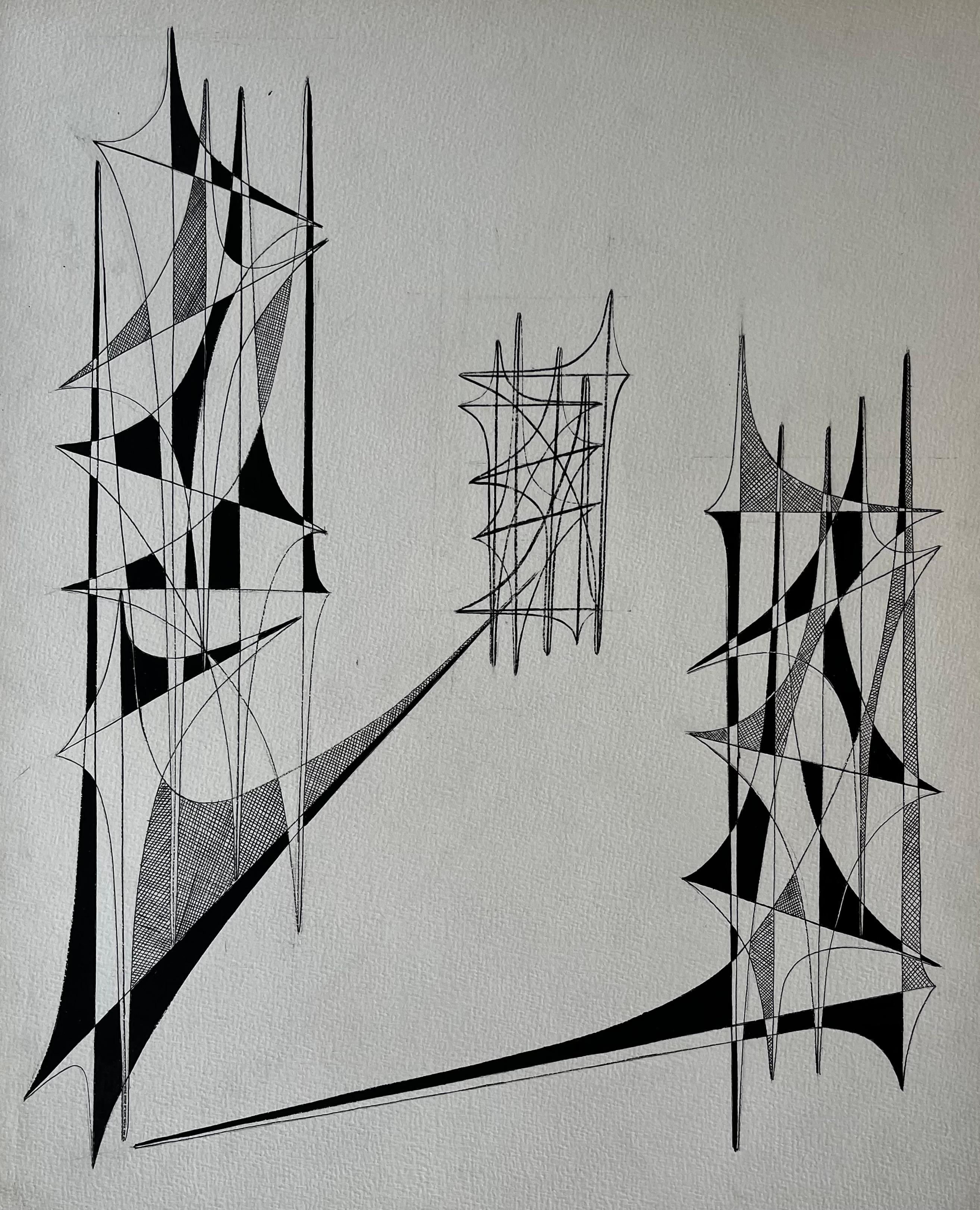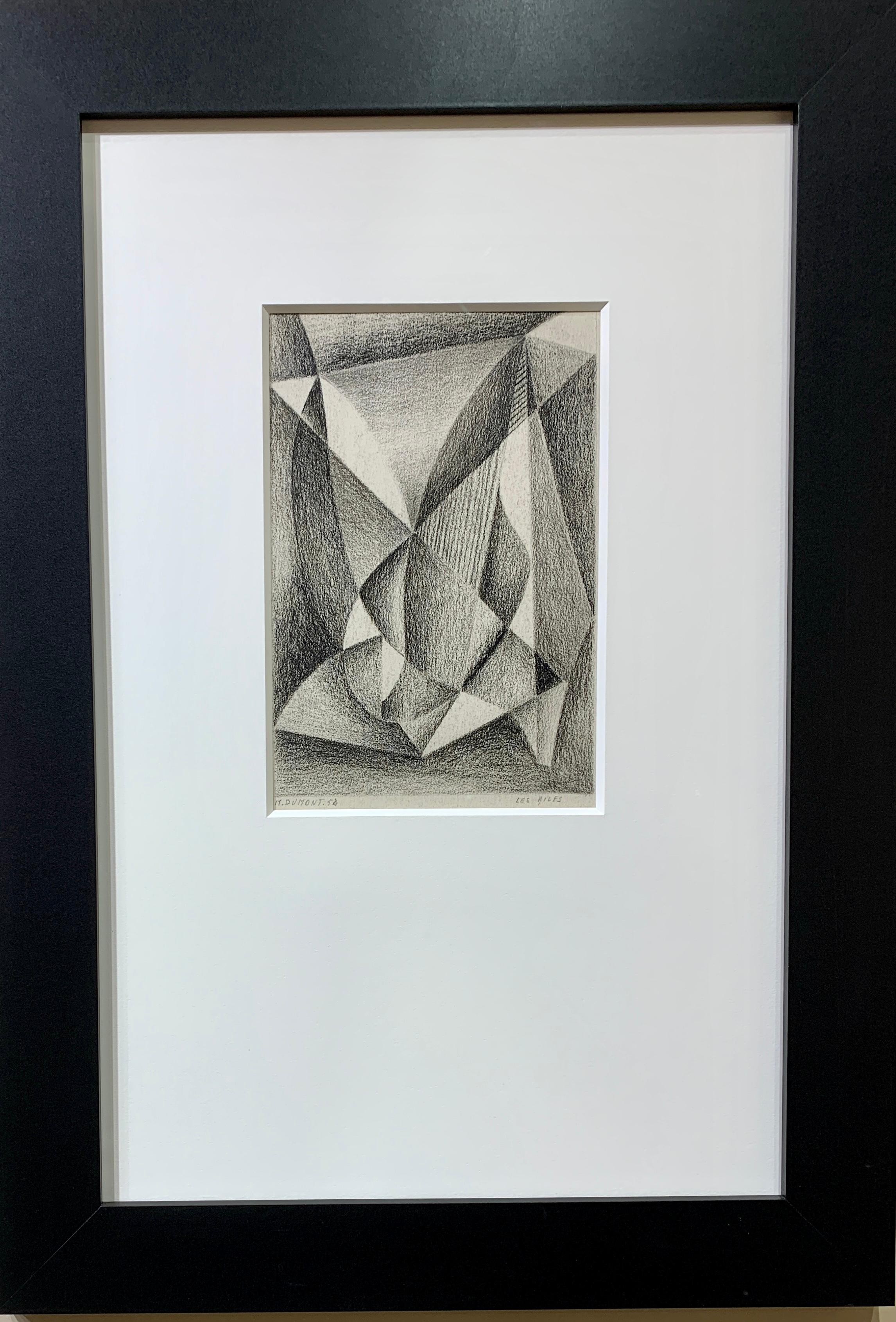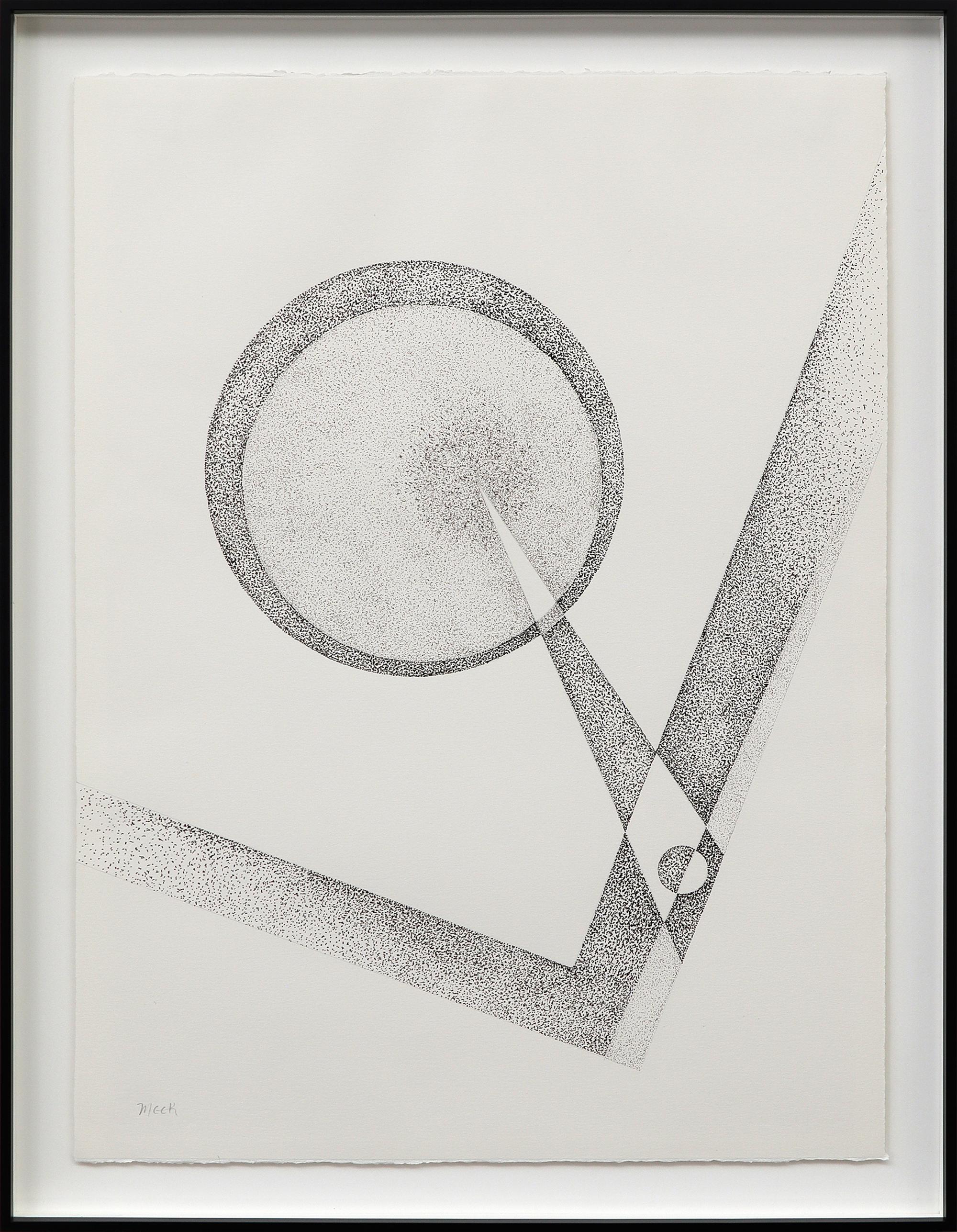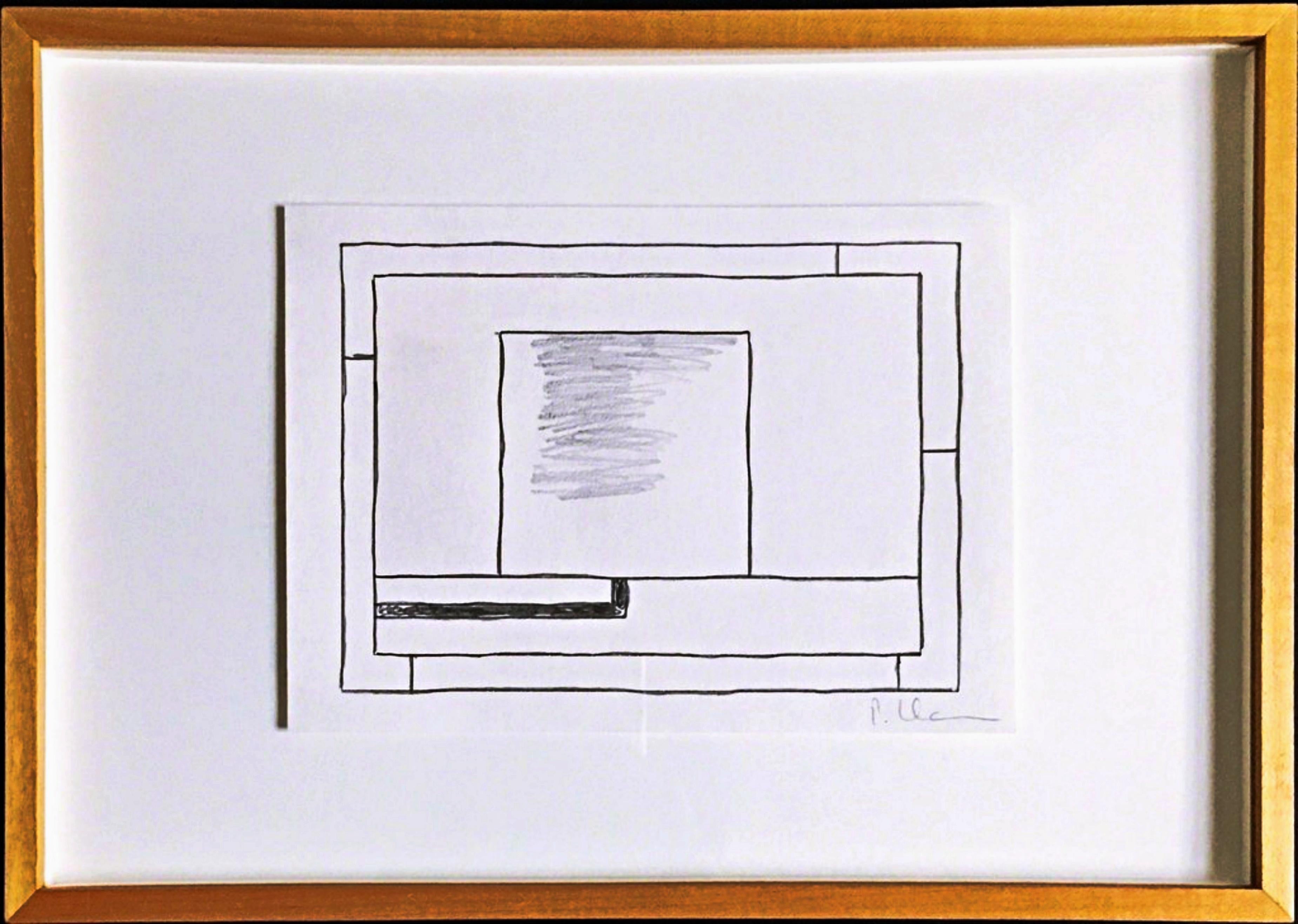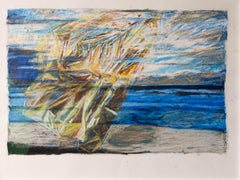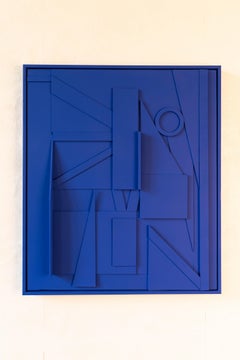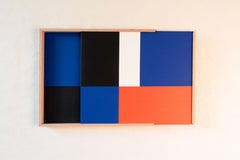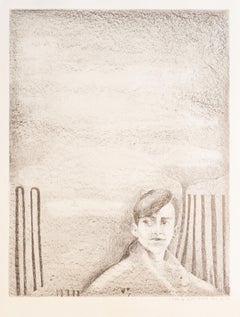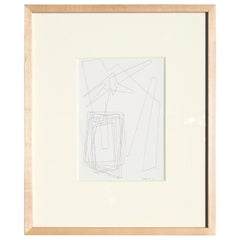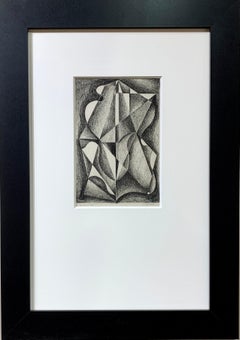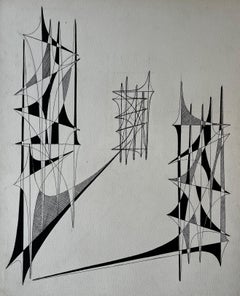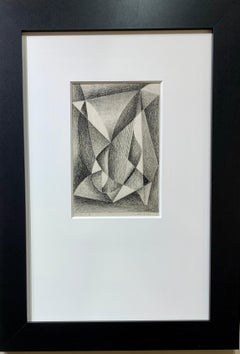Items Similar to Number 31 - Pencil drawing of geometric forms and lines
Want more images or videos?
Request additional images or videos from the seller
1 of 11
Frederik GeertmanNumber 31 - Pencil drawing of geometric forms and lines
$2,375.38
£1,780.51
€2,000
CA$3,284.79
A$3,576.30
CHF 1,909.63
MX$43,171.53
NOK 24,007.46
SEK 22,329.73
DKK 15,237.81
About the Item
Pencil drawing of geometric forms and lines
- Creator:Frederik Geertman (1993, Dutch)
- Dimensions:Height: 20.48 in (52 cm)Width: 16.54 in (42 cm)
- Medium:
- Movement & Style:
- Period:
- Condition:
- Gallery Location:Oostende, BE
- Reference Number:1stDibs: LU2641214611662
About the Seller
5.0
Vetted Professional Seller
Every seller passes strict standards for authenticity and reliability
1stDibs seller since 2023
5 sales on 1stDibs
- ShippingRetrieving quote...Shipping from: Brugge, Belgium
- Return Policy
More From This Seller
View AllOil pastel on Steinbach paper of abstract composition
Located in Oostende, BE
Oil pastel on Steinbach paper. The work is called ‘Damn, there goes the rescue attempt’ (2024)
Category
2010s Abstract Expressionist Abstract Paintings
Materials
Paper
Abstract acrylic on wood painting in royal blue, called Number 46
Located in Oostende, BE
Abstract acrylic on wood painting in royal blue, called Number 46
Category
2010s Abstract Geometric Abstract Paintings
Materials
Wood
Modularis (abstract painting, acrylic on wood, sliding panels)
Located in Oostende, BE
Sliding panels, acrylic on wood
Category
2010s Abstract Geometric Abstract Paintings
Materials
Wood Panel
Fruits de mer (2024)
Located in Oostende, BE
This pencil drawing by Lies Casier (BE), depicting a person at the seaside, combines a sketch portrait with childlike painting elements.
Category
21st Century and Contemporary Other Art Style Portrait Drawings and Wate...
Materials
Pencil
Oil on wood painting of an abstract geometric composition in brown and yellow
Located in Oostende, BE
Abstract composition by Hans Vandeweghe
Oil on panel
Category
2010s Abstract Geometric Abstract Paintings
Materials
Panel
Untitled (Collage, mixed media)
By Benjamin Spark
Located in Oostende, BE
Benjamin SPaRK is a Franco-Belgian artist born in 1969, who lives and works in Brussels. The painting was made as a gift for a friend, as it says on the back 'to my friend Alick'
Category
20th Century Modern Mixed Media
Materials
Canvas
You May Also Like
John Sennhauser Geometric Abstract Pen and Ink Drawing, 1944
By John Sennhauser
Located in Phoenix, AZ
Original pen and ink drawing by New York Abstract Artist, John Sennhauser (1907-1978)
Signed lower right "J. Sennhauser" and dated '44.
Titled and dated on the verso: "Line in Motion...
Category
Mid-20th Century Abstract Drawings and Watercolors
Materials
Paper
20th century Belgium, Black and White Abstract pencil drawing, Etude
By Marcel Dumont
Located in Woodbury, CT
Outstanding pencil on paper Abstract drawing.
Marcel Dumont was a Liège artist who painted in oils and gouache, also produced collages and was an illustrator and engraver, doing so in a number of different styles. Early on in his career, he tended to produce paintings displaying a poetic realism but this changed over time until, in 1957, he was employing geometric abstraction and later still, the influence of pop art could be discerned. His geometric style has strong linear structure which occasionally veers to expressionism and the effect of this is an interesting sense of detachment that the viewer of the work can feel and one engages with the subject on a different level than one would normally expect. A critic wrote of him," Sometimes expressionist, sometimes linear, the abstraction forms itself willingly, in Marcel Dumont's world, to leave the rectangular structure to connect to carefully prepared tones. He retains also, in his abundant output, a few poetic pop-art collages together with a number of drawings and engravings illustrating Stefan Zweig...
Category
1940s Abstract Abstract Drawings and Watercolors
Materials
Paper, Pencil
Mid Century French Geometric Abstract Ink Drawing on Paper
Located in Cirencester, Gloucestershire
Title: Mid Century French Geometric Abstract Ink Drawing on Paper
by Serge Guerin (b. 1916), French
Black ink on paper, unframed
Size: 26 (height) x 19.75 (width) inches
Provenance: ...
Category
20th Century Abstract Geometric Abstract Paintings
Materials
Ink, Gouache
$595 Sale Price
30% Off
20th century Belgium, Black and White Abstract pencil drawing, Etude
By Marcel Dumont
Located in Woodbury, CT
Outstanding pencil on paper Abstract drawing.
Marcel Dumont was a Liège artist who painted in oils and gouache, also produced collages and was an illustrator and engraver, doing so in a number of different styles. Early on in his career, he tended to produce paintings displaying a poetic realism but this changed over time until, in 1957, he was employing geometric abstraction and later still, the influence of pop art could be discerned. His geometric style has strong linear structure which occasionally veers to expressionism and the effect of this is an interesting sense of detachment that the viewer of the work can feel and one engages with the subject on a different level than one would normally expect. A critic wrote of him," Sometimes expressionist, sometimes linear, the abstraction forms itself willingly, in Marcel Dumont's world, to leave the rectangular structure to connect to carefully prepared tones. He retains also, in his abundant output, a few poetic pop-art collages together with a number of drawings and engravings illustrating Stefan Zweig...
Category
1940s Abstract Abstract Drawings and Watercolors
Materials
Paper, Pencil
Mid-Century Modern Abstract Pen & Pencil Drawing by Taos Artist James Meek
By James Meek
Located in Denver, CO
This striking mid-century modern pen and pencil drawing by acclaimed Taos-based artist James Meek (b. 1928) features a bold geometric abstract composition that exemplifies his master...
Category
20th Century Pointillist Mixed Media
Materials
Mixed Media, Ballpoint Pen, Graphite
Geometric Abstraction (unique, signed graphite drawing gifted to fellow artist)
By Peter Halley
Located in New York, NY
Peter Halley
Untitled Geometric Abstraction, ca. 1990
Graphite and Ink
Signed in graphite pencil by Peter Halley; lower right front
Frame included: floated and framed in wood frame
U...
Category
1990s Abstract Geometric Abstract Drawings and Watercolors
Materials
Ink, Graphite
